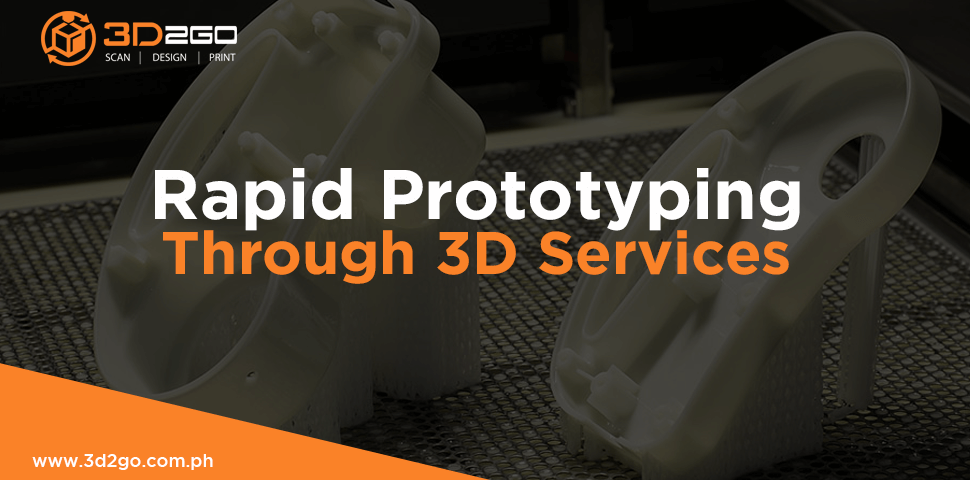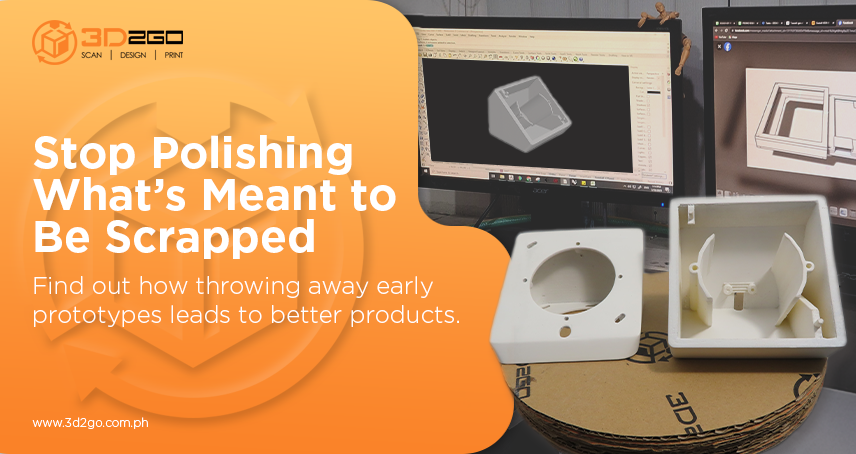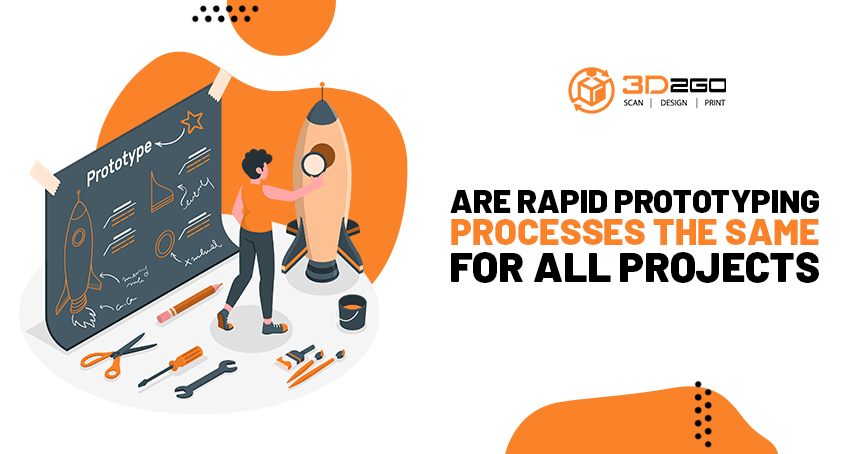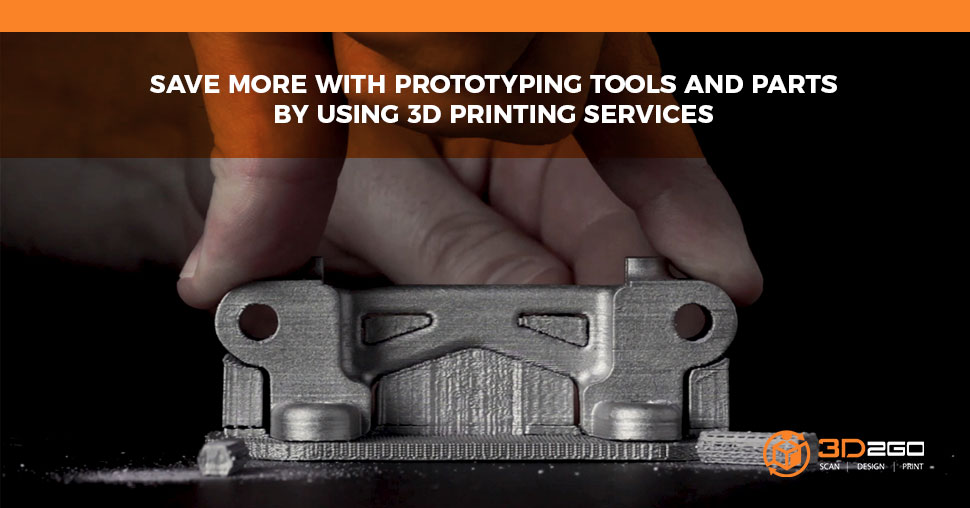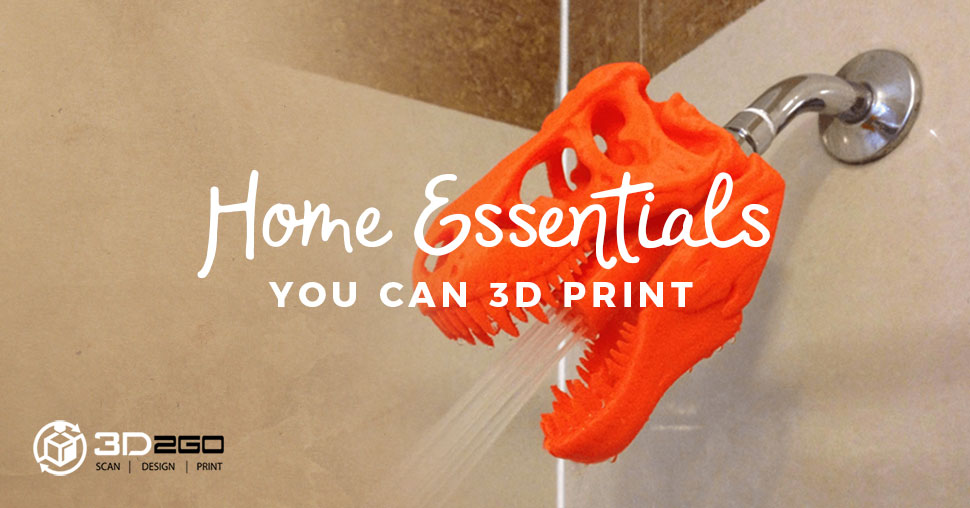
Embellish Your Home With 3D-Printed Home Decor
May 20, 2022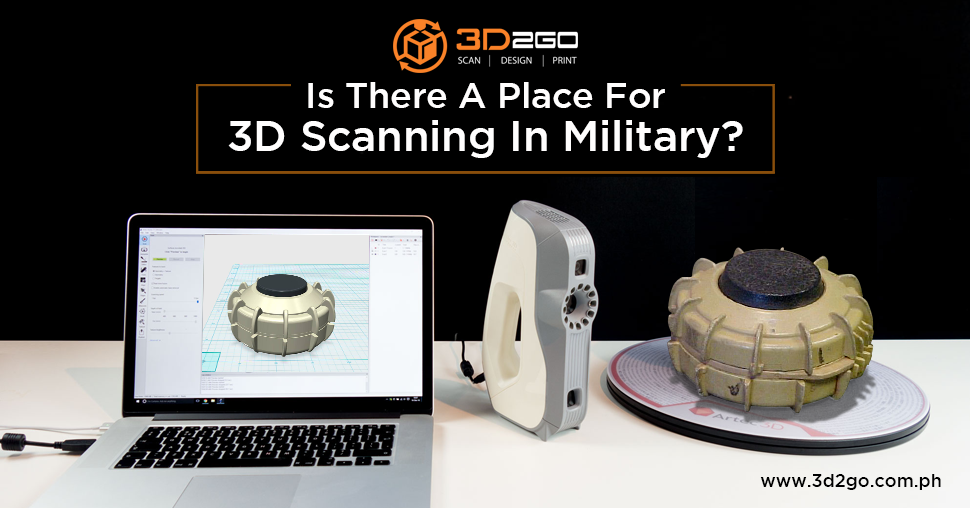
3D Scanning Military Materials For Efficiency And Competence
May 20, 2022Prototype manufacturing process through 3D services
First off, let’s start off by differentiating a model from a prototype.
A model tends to lend itself to the aesthetics side of things, used to demonstrate look and feel. A Prototype is more geared towards testing to see if the final piece will work as intended. Whether that is its physical size, geometry or function.
Traditional prototyping may take a lot of time and materials. Meanwhile, rapid prototyping typically involves methods that are much quicker and cost-effective.
One of the most popular forms of rapid prototyping is through 3D printing.
The terms rapid prototyping and 3D printing are used interchangeably. This should not cause confusion, though. Rapid prototyping is a technique. On the other hand, 3D printing is one of the technologies that can be used for this technique.
Through 3D printing, we first create a 3D model.
- One of the first steps needed to create a 3D model is to collect several photos or two-dimensional blueprints that illustrate all angles of the object. Capturing every angle will make 3D modeling easier and faster. The result will also look more realistic.
- The 3D modeler usually starts with a primitive shape like a cube, cylinder, or a plane using 3D modeling tools.
- Manipulating of points to start creating the mesh or the core of the model and turn it into a concrete-looking object.
3d prototyping service at 3D2GO
2D plans are used to create 3D designs. The worst part would be having to draw these by hand especially when there are many revisions. A look at 3D models from different angles is being studied before showcasing the draft.
Creating a 3D model perfectly comes hand in hand with rapid prototyping. With the help of both processes, you get to experiment and test on your projects before presenting to a client.
We have listed the types of rapid prototyping 3D2GO can do for you:
Stereolithography (SLA) or Vat Photopolymerization
Used for creating:
- Models
- Prototypes
- Patterns
- Production parts
These are being printed in a layer-by-layer fashion using photochemical processes. The light causes chemical monomers and oligomers to cross-link together to form polymers. Those polymers then make up the body of a three-dimensional solid. Focuses on ultraviolet (UV) laser onto a vat of photopolymer resin. With the help of CAM or CAD software, the UV laser is being used. A pre-programmed design or shape is then drawn on the surface of a photopolymer vat.
Fused Deposition Modelling (FDM) or Material Jetting
Extrusion of thermoplastic material is easily the most common process. The process works by melting plastic filament. It is being deposited via a heated extruder. One layer at a time is being printed onto a platform according to the 3D data supplied to the printer. Each layer then hardens. Lastly, it bonds to the previous layer. This process requires support structures for any applications. Breakaway support materials are also possible. These are then removed by manually snapping them off the part. The process can be slow for some geometries. Layer-to-layer adhesion can also be a problem. But post-processing using Acetone can resolve these issues.
Digital Light Processing (DLP)
Similar process to SLA. It also works with photopolymers. One advantage of DLP over SLA is that only a shallow vat of resin is being required for the process. Meanwhile, the difference is the light source. DLP uses a more conventional light source. Examples are:
Arc lamp with a liquid crystal display panel
Deformable mirror device (DMD)
It is then applied to the entire surface of the vat of photopolymer resin in a single pass.
What is fabrication of prototypes?
Basic prototyping tools and methods are cost-effective. They can facilitate an agile design process by using off-the-shelf parts and low-cost materials as much as possible. Although 3D printing has become a common choice, these basic techniques could still be used. This would be ideal for students who prefer a more cost saving method. These are also ideal for sudden project proposals that 3D printing could not meet the deadline of. One of its advantages is that traditional methods assure consumers that designers really have full knowledge of what they are presenting.
Fabrication
This is similar to basic modeling. But they have a distinct difference when it comes to tools. Fabrication makes use of power tools and superior materials. These prototypes also provide a clearer picture of the design intent. This is the result of higher-quality tools used.
Designers and engineers use the following:
- Drill presses
- Chop saws
- Routers
- Drills
- Hired welders
3D2GO is not only for personalized entertainment purposes of 3D printing. We have also partnered with professionals and offered our end-to-end 3D printing service.
Get in touch with us by sending us files in .obj or .stil format in our email address management@my3d.com.ph. You can also reach us through our Facebook and Instagram pages today!


